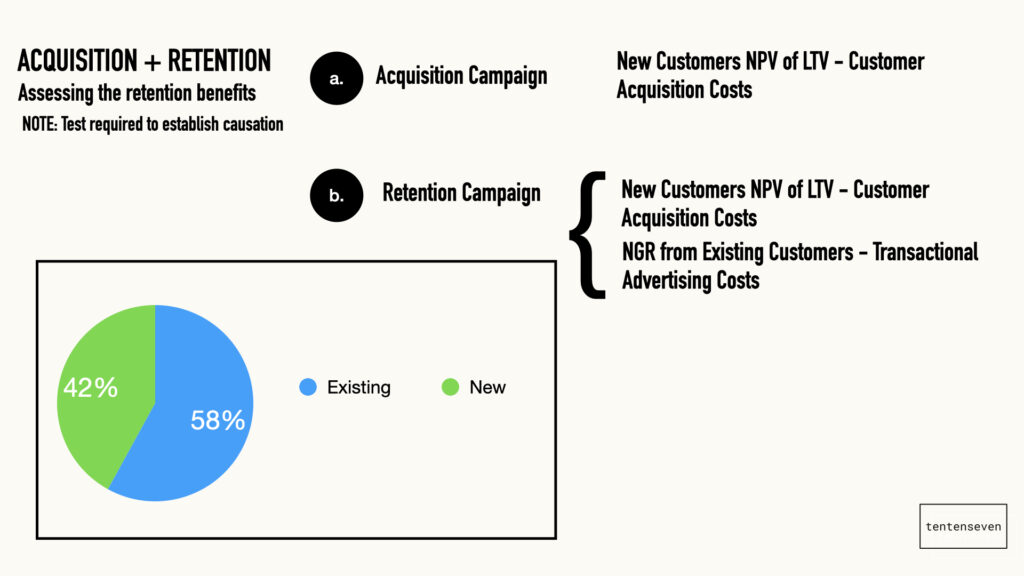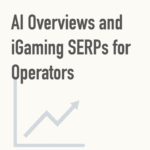In the iGaming and sports betting sectors, customer retention is paramount. It’s the cornerstone of building a profitable business model and overcoming high acquisition and promotional costs.
Tier 1 operators begin from a different position than Tier 2 and Tier 3 operators. Their scale allows them the freedom to run ATL (above-the-line) awareness campaigns and still see positive revenue. However, the situation is markedly different for smaller operators. Too often, Tier 2 and 3 operators overlook the retention element within their direct response channels and miss opportunities to increase revenue by focusing on lower-cost conversions and transaction-level marketing.
Let’s explore how Tier 2 and Tier 3 operators can improve their marketing approach holistically.
How Tier 1 Betting Operators View ATL Marketing
Tier 1 operators invest heavily in ATL campaigns—TV, radio, sponsorship, and outdoor advertising—to build share of mind during key betting periods. They often spend tens of millions of pounds on brand awareness, which in turn drives direct-to-site and branded search traffic.
Although acquisitions do result from these campaigns, that is not the primary objective. The main goal is market share. Step one is to gain share of mind; step two is to convert that into share of wallet.
Once a Tier 1 brand’s app is installed and a user has accounts with 5-6 other bookmakers, CRM alone can only go so far. ATL campaigns help ensure the brand is front-of-mind when betting decisions are made.
Because Tier 1 brands have extensive customer databases and long-term media investments, the improved retention and increased net gaming revenue (NGR) can justify major ATL spend.
Tier 2 and 3 Bookmakers: A Different Approach
Smaller operators face a significant hurdle: brand recognition and the high-friction registration process. These factors make full-scale ATL campaigns difficult to justify.
Instead, most Tier 2 and 3 operators focus primarily on new customer acquisition via direct response channels like PPC, paid social, and affiliate marketing. As a result, campaigns are heavily skewed towards acquisition and often lack a retention strategy.
A major reason for this imbalance lies in tracking limitations. Many operators use their affiliate platforms to track paid media, but these systems are designed primarily for new customer acquisition via revenue share. As a result, operators don’t adequately track the value of reactivated or returning users.

This market saturation led to situations where platforms like Oddschecker began charging operators after realising many of the customers being referred were existing users. Some operators lacked the ability to reward for reactivations or to track the ROI of placements from a retention perspective.
What Should Tier 2 and 3 Operators Do?
Here are actionable steps smaller operators should take:
- Track sessions and referrer sources for every visit to understand how customers are returning.
- Separate acquisition and reactivation campaigns and assign distinct KPIs to each.
- Break out conversions into new vs. returning users.
- Feed both conversion types into AI bidding tools to improve campaign optimisation.
- Test everything from targeting to messaging.
- Monitor and evaluate the net benefit of each campaign, not just initial acquisition.
The Marketing Tech Gap: You Must Resolve It
A key challenge is the “martech gap.” If you can’t store a tag when someone is reactivated, you’re losing critical data. This requires a separate field in your database or CRM platform.
You may not have Google Analytics set up to capture bet and session-level data, or you may lack a properly structured data layer.
Many affiliate platforms cannot handle secondary tags. For example, while a b_tag might capture a registration, a c_tag could capture a bet or login—yet some platforms aren’t equipped to store that information. If they are, this data can unlock a comprehensive view of marketing performance.
App attribution is another crucial component, especially if you’re running paid app install or deep-linking campaigns on social. Tools like AppsFlyer and Kochava are essential to push conversion data back into ad platforms for optimisation.
Conclusion
To evaluate the true performance of your campaigns, you must consider retention. Relying solely on acquisition metrics can lead to skewed marketing decisions and, ultimately, poor ROI.
Understanding what happens during each session and the value of those sessions is vital to building a complete view of the customer journey. Since this journey is influenced by organic, owned and paid media, allocating spend and resources correctly is essential for sustainable growth and profitability.
If you would like to find out more about customer tracking and MarTech in igaming and sports betting then let us know.
Arrange a Call to Discuss





